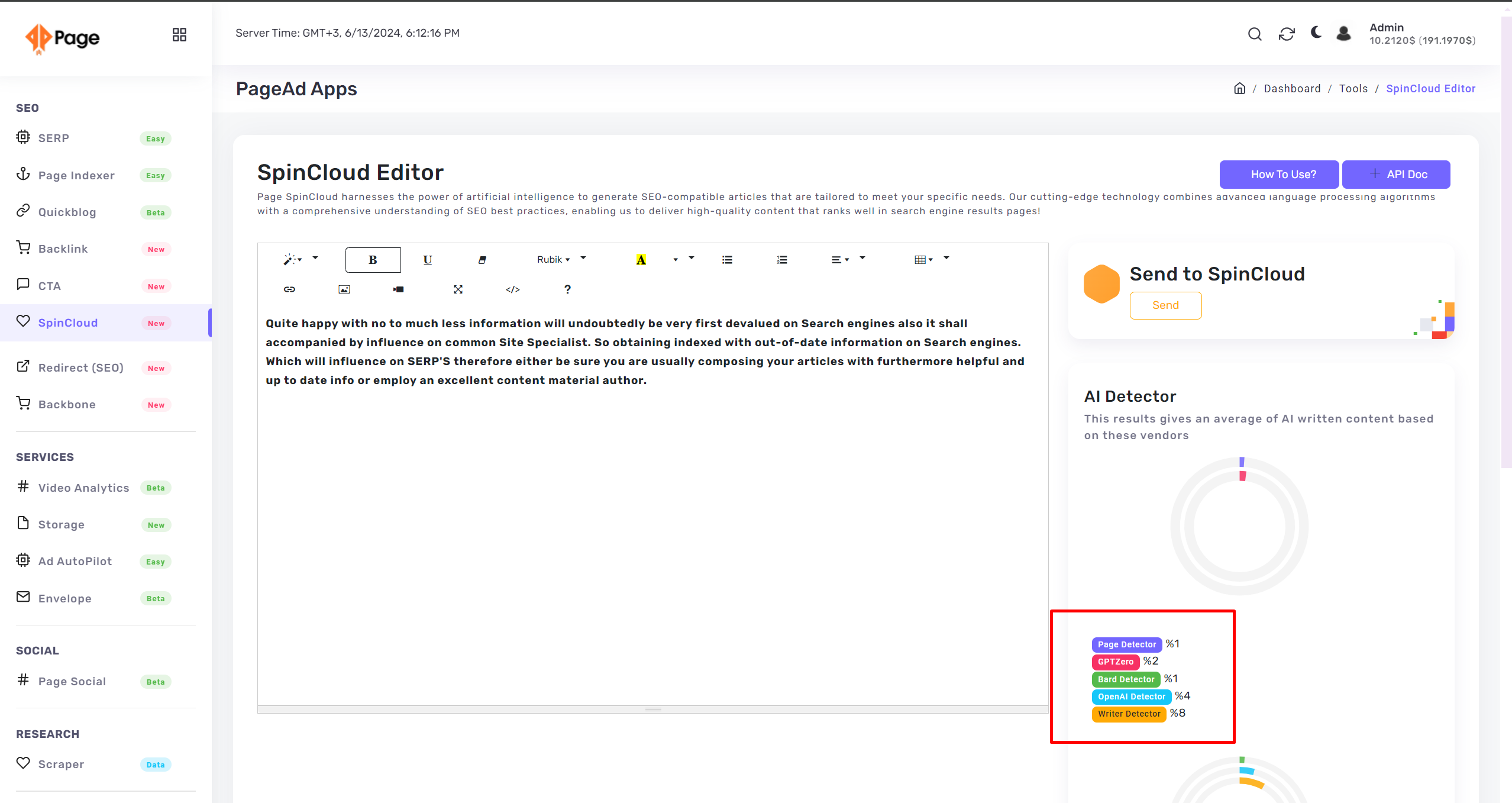Recent progress in natural language processing (NLP) has led to the state-of-the-art AI models capable of general text generation such as OpenAI’s ChatGPT. But once again, it begs to question as in how this is going to fish out the AI-produced material. Catching AI-created articles requires observing the behavior and traits of this content. Contents This article covers What AI Patterns Are How Models like ChatGPT Generate Text Methods to Detect AI-written articles
What is ChatGPT?
ChatGPT is a state-of-the-art language model which has been released by OpenAI from their GPT (Generative Pretrained Transformer) architecture. The language model generates the most plausible sentences in context that it can with its training data, and uses machine learning techniques to generate text that corresponds directly with input prompt. The third version of this model, called GPT-3 (Generative Pre-trained Transformer), is a very versatile system capable of answering questions, creating essays and simulating discussions among other tasks.
How ChatGPT Creates Text
Before we get into the specifics of detecting AI-written, let’s first understand how models such as ChatGPT produces text. Here are some key aspects:
Training data: ChatGPT is trained on diverse internet text. From the data, it learns statistical patterns, grammar, and context in order to produce human-like responses.
Important Concepts: Tokenization — in this part, text is split into tokens, which serve as the inputs and outputs to the model.
Understanding of Context: The model uses context information from the input prompt to generate accurate text, capturing subtle language nuances and ensuring coherence across sentences.
Unlike traditional NLG models, Transformers: ChatGPT employs the use of the Transformer architecture known for creating attention and is naturally skilled at capturing long-range laid-back connections in language-centric tasks.
AI Aspects in AI Created Text
Although the text generated using such models AI model, is highly human-like at its core — there are patterns and characters that tend to show artificial origin of it. Using these patterns can detect AI-written articles
They can generate repetition of words, phrases or sentences needlessly (especially while spinning longer texts). That kind of patterning is less frequent in human writing, and typically more variable and balanced.
Tone and Style Consistency: Humans vary tone of voice and style within a single piece, which can be missed or overly consistent when text is generated by AI. This homogeneity may seem contrived.
Slang: AI models sometimes fail to understand slang, sarcasm and the subtle nuances of human language due to their literalness. They can also be too literal in their interpretation.
It Might steer clear from Ambiguity: Text generated by AI sometimes sail away from ambiguity with all its might. On the other extreme, humans can craft elegant but sophisticated and vague. constructions that even the current state-of-the-art AI will have difficulty in replicating correctly.
Same Typed Cocktail Constructions — The use of AI models to produce readable text can often lead to typed cocktail constructions of the same formations that are quite predictable if not formulaic in terms of sentence structure. Human writing on the other hand still has a form but it’s far more creatively vast.
How to Detect AI-Written Articles?
Using the patterns above we can identify if a text is machine-generated by combining different technics such as:
Specialized classifiers, such as machine learning classifiers: can train ML classifiers for the identification of AI-generated text. Trained on both human and AI-generated text, the classifier learns to differentiate between them. Token frequency, sentence length, and structure are common features.
Finally, to examine the metadata attack surface, AI-generated text is often detached from its history (or writing style profiles) that should be traceable back to an author. Detection by analyzing metadata discrepancies
My personal favorite is linguistic forensics where we perform a close analysis of the language used to write the text in question, looking at levels from syntax and lexicon all the way through various stylistic elements. Researchers could, for example, search for excessive use of given terms or recurrent patterns.
Contextual Anomalies: AI models do have a problem with maintaining contextual accuracy over lengthy narratives. Producing a draft that contains inconsistencies or jump inconsecutive is extremely indicative of an AI being the author.
Behavioral Profiling – You can combine AI detection with behavior profiling to increase accuracy. One human-like case is detecting the writer behavior writing pattern and response habit based on your social media account record although physical signatures can also be generated using software tools.
How to evade Ai Detection?
You can use Page Bypass GPT powered by Page A.I.D
II Counter Measures and Ethical Concerns?
To prevent this misuse of AI-generated content, Page Bypass GPT can choose various interventions:
Watermarking — embedding subtle, recognizable markers into AI-generated text that would assist in later identification The watermarks should be invisible to human viewers, but detectable by automated tools.
Transparency and Disclosure: Clearly label AI-generated content to preserve transparency and trust. Readers Should Know When Text Based on AI Goes Too Far
There are always ongoing research: As AI models get better and smarter, continuously researching new methods of detecting them will be required. This needs collaboration between Academia, Lonbi and Policy makers.





